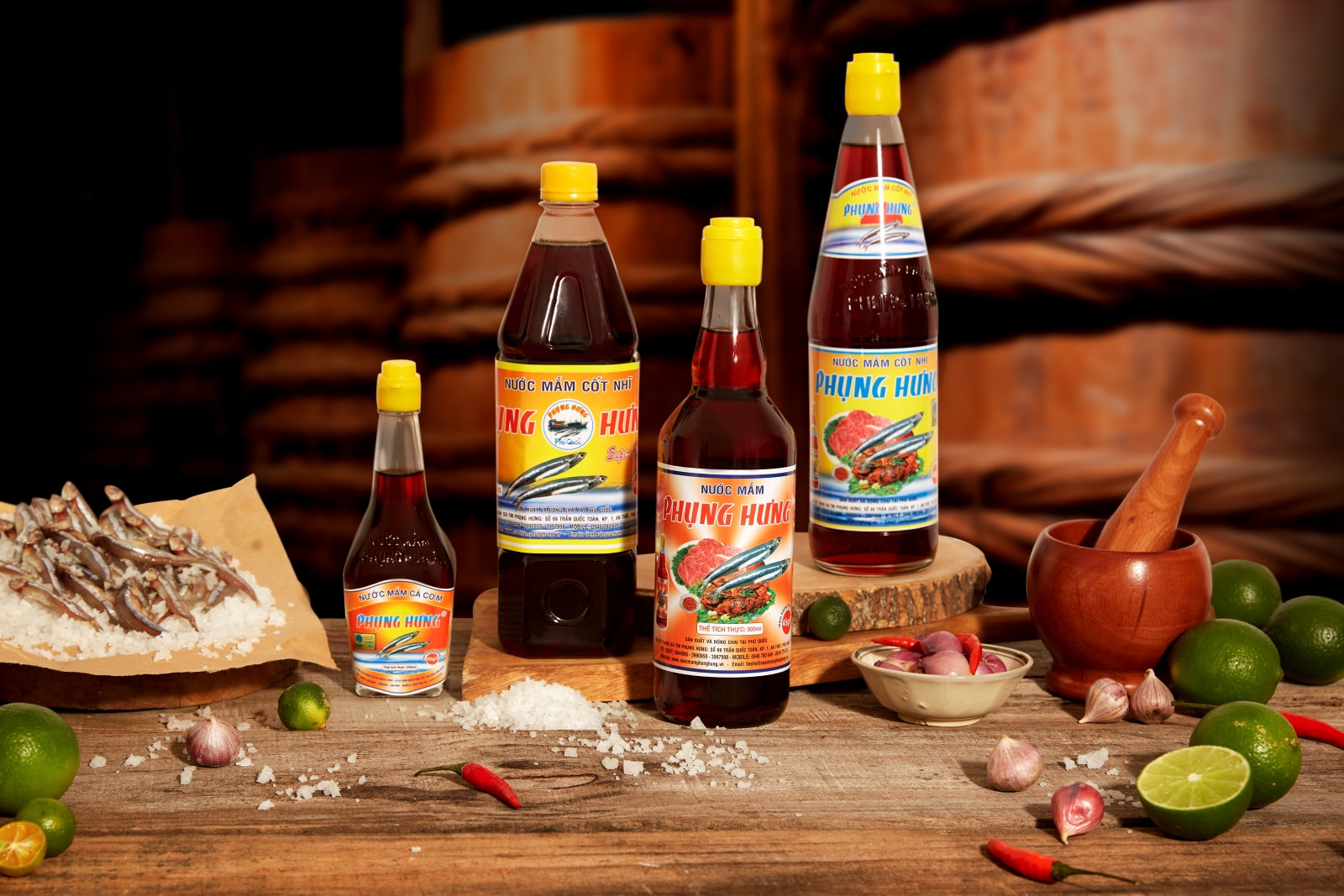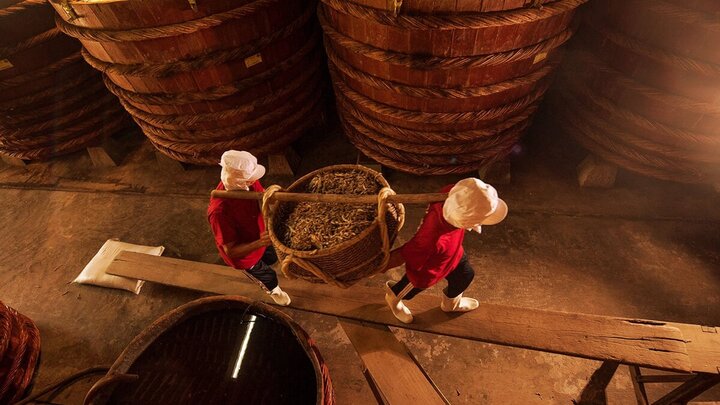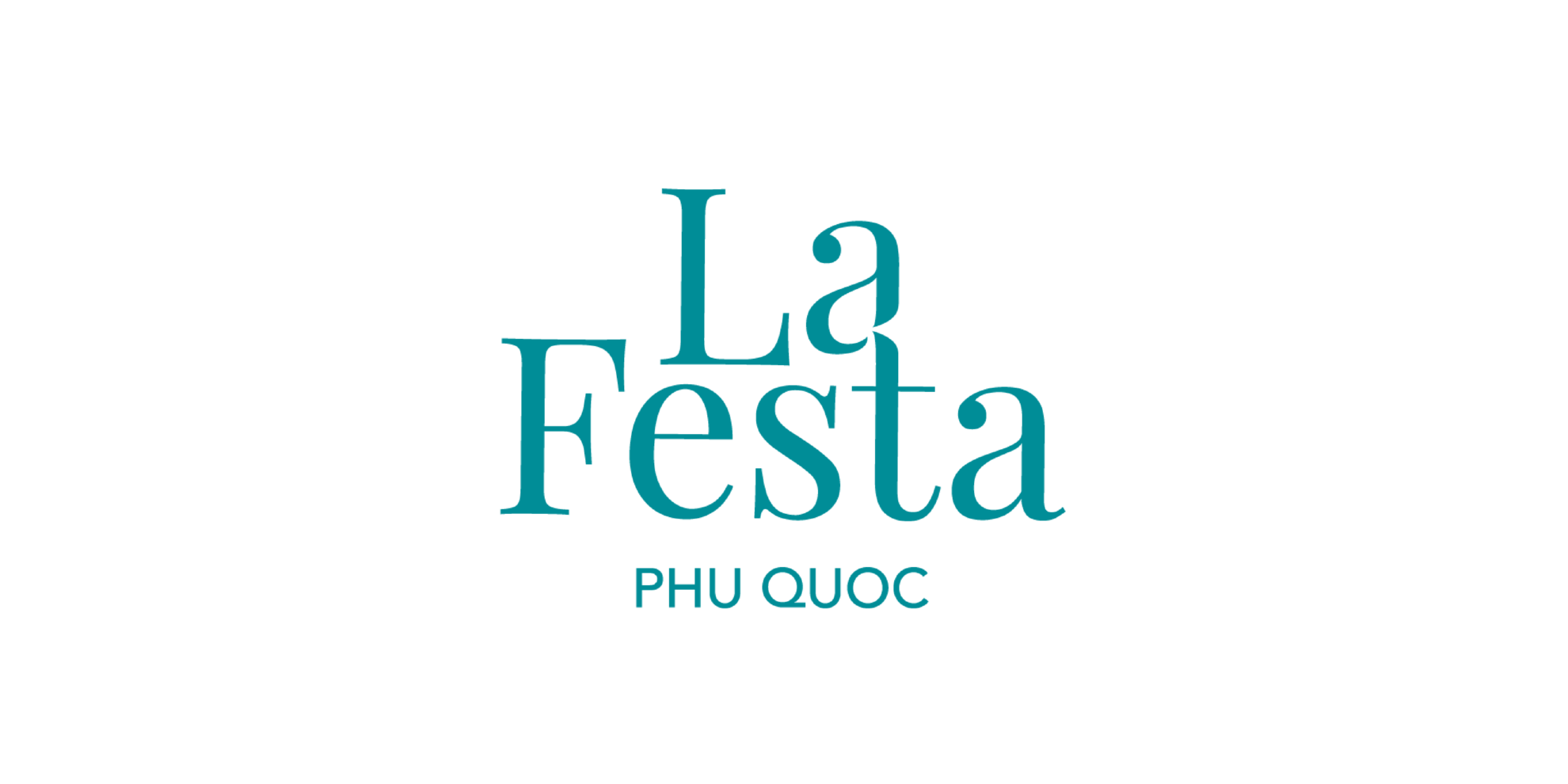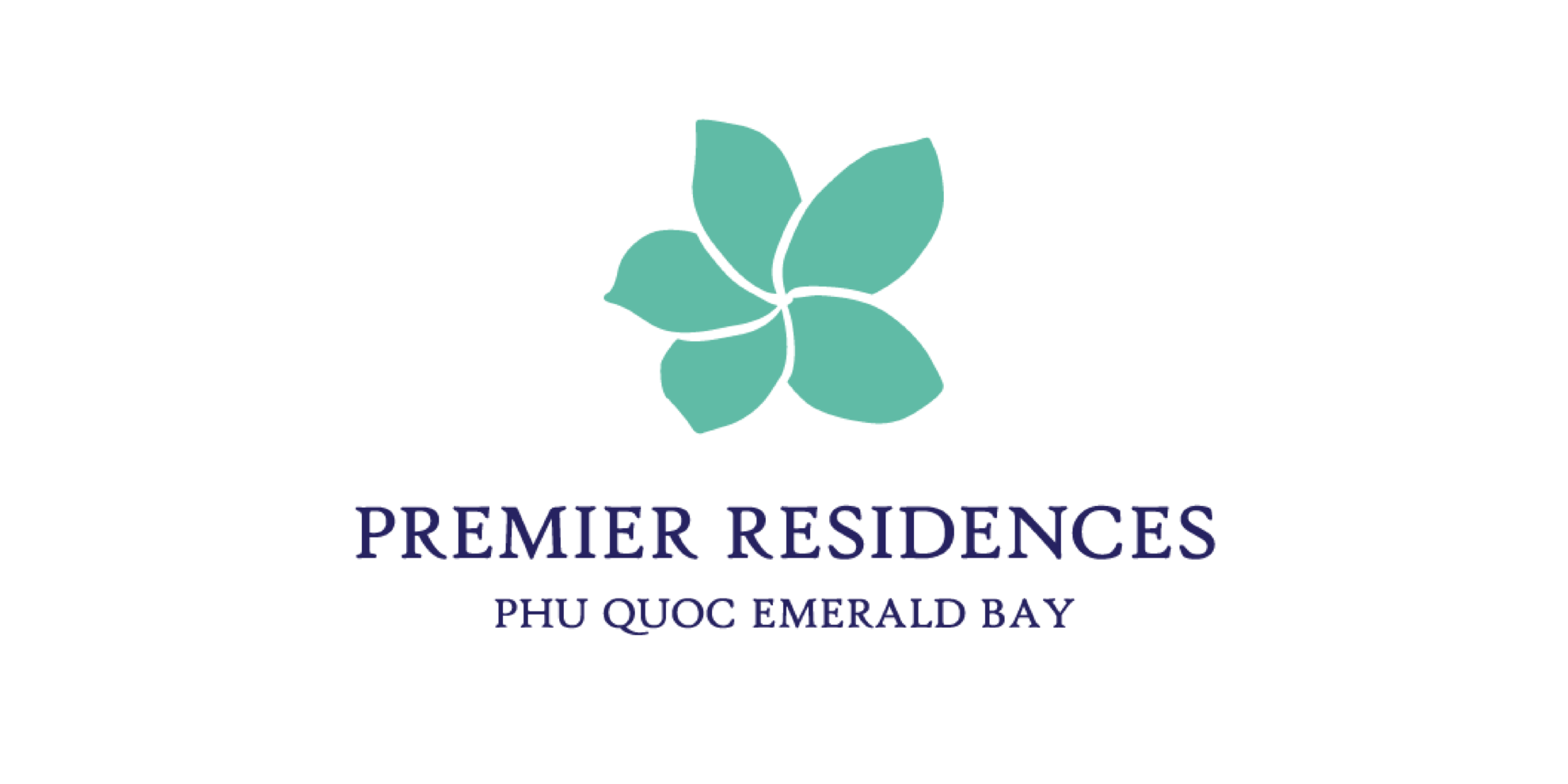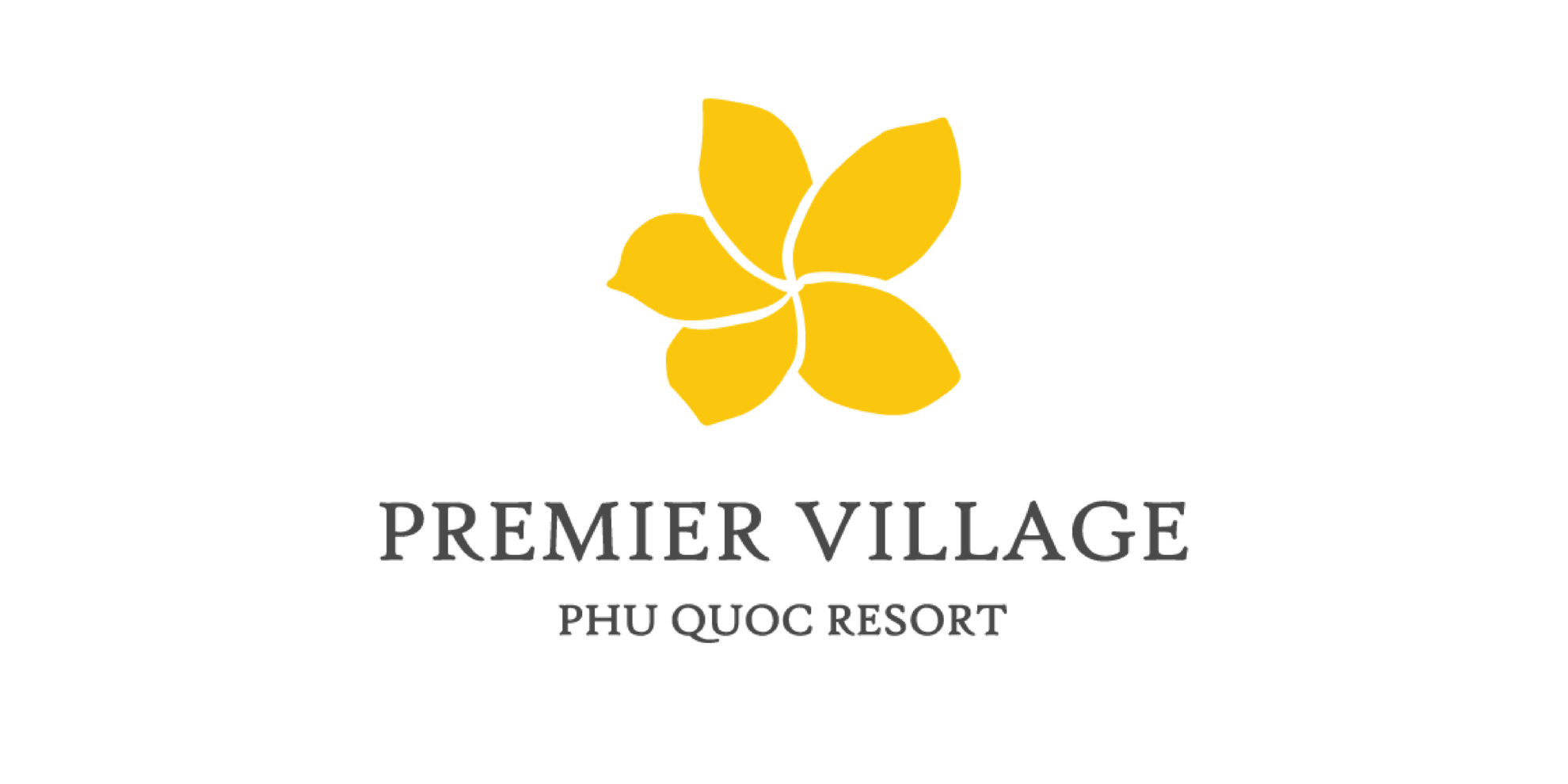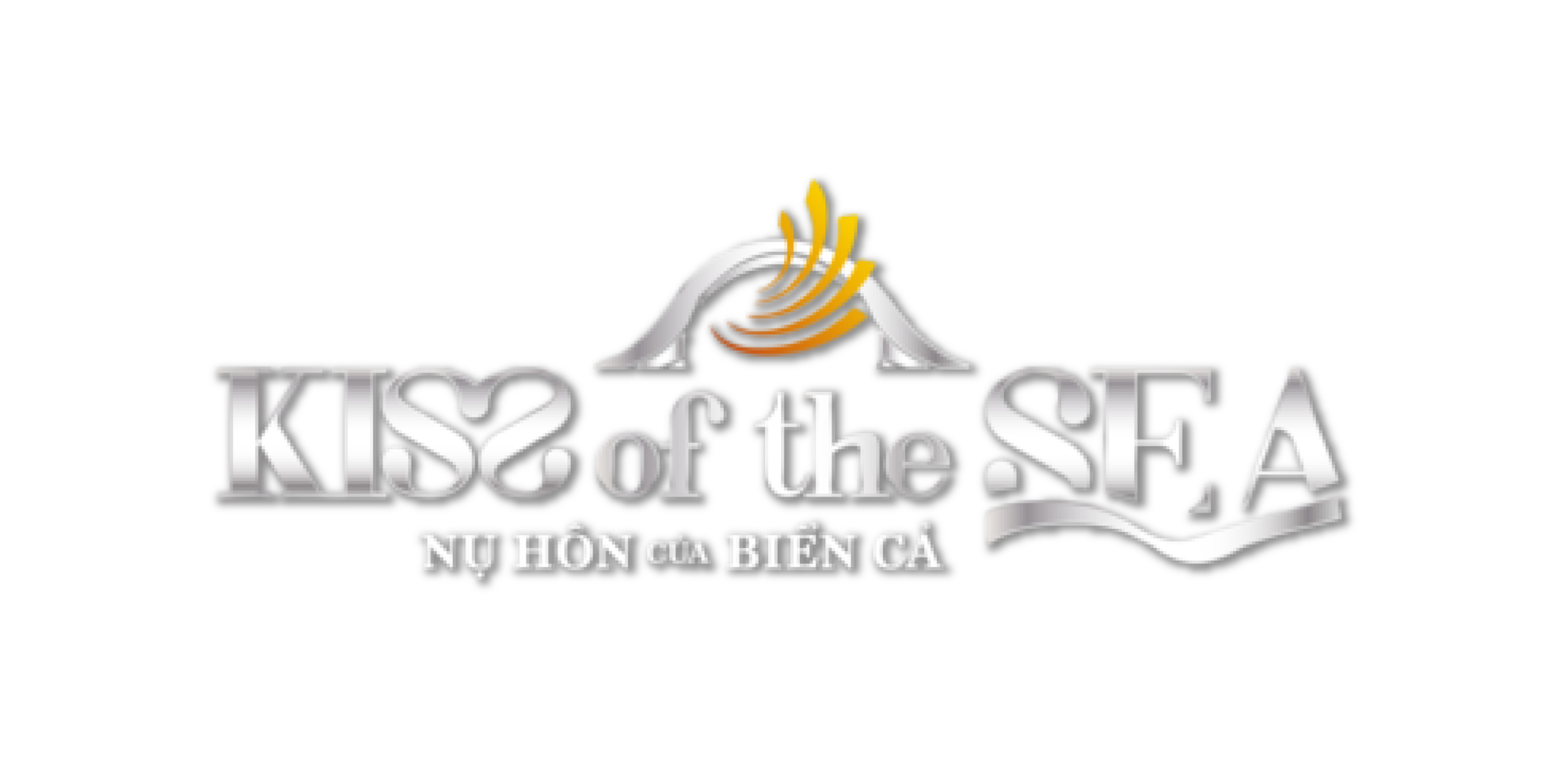The traditional fish sauce making profession in Phu Quoc has gone through many stages of development, incorporating scientific techniques into certain production steps while still maintaining its traditional flavor with family recipes. There are three basic methods for making traditional fish sauce: stirring, pressing, and a combination of pressing and stirring.
In Phu Quoc, fish sauce producers must build a dedicated area for processing fish sauce, known as a "house thung." Depending on the economic conditions and business development, the size of the "house thung" can range from holding dozens to over a hundred barrels, along with auxiliary facilities for production. Many "house thungs" have their own boats for catching anchovies, with piers for transporting fish to the facility, and the longest-running ones have been in operation for six generations, while the newest for three generations.
The ingredients for making fish sauce include anchovies (the main ingredient), salt, and additives. There are several types of anchovies: pepper-striped, chalk-striped, lead-gray, red anchovies, small anchovies, and coal anchovies. Pepper-striped anchovies and coal anchovies produce the best fish sauce. To make high-quality fish sauce, the anchovies must be fresh, caught from the sea. Fresh anchovies are essential because they are small and prone to decay, and they lack scales. If not fresh, the fish will decompose quickly, and the fish sauce will not have the desired fragrance, color, or flavor. Freshness and uniformity in the type of fish ensure a higher protein content in the final product.
The salt must be white, with few impurities. Salt is currently sourced from Phu Hai (Phan Thiet) and Ba Ria - Vung Tau.
Additives include flavor enhancers and sugar, which are added to lower-protein fish sauce (under 30ON), as the product has a high salt concentration. Before 1975, "house thungs" used block sugar (black sugar shaped into pieces) as a coloring agent for low-protein fish sauce. After 1975, they switched to flavor enhancers and sweeteners in accordance with state regulations.
